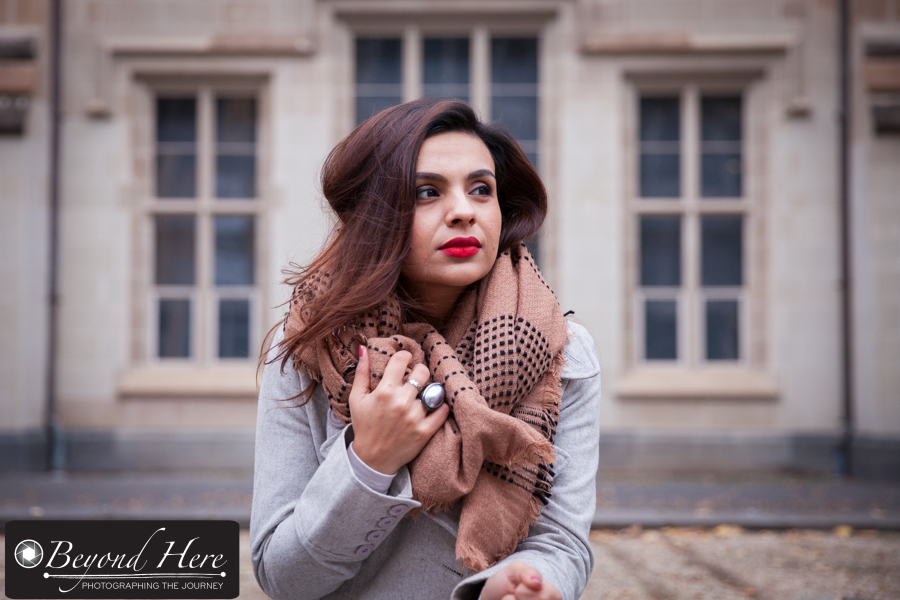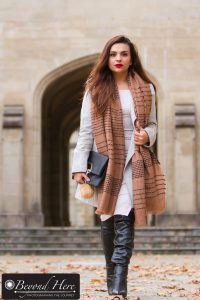I’ve written several posts covering tips for photographing a wedding. (See the wedding section in the margin). Last weekend I shot another wedding and found myself going through my usual preparation routine. While there’s a lot to plan for, to make this a ‘bite sized’ post, I’ve condensed it to 5 tips for photographing a wedding.

Visiting this venue before wedding day enabled me to plan how best to use this boardwalk
Tip 1 – Visit All Venues Before the Wedding Day
This is a fairly obvious tip, but I continue to be surprised by the number of wedding photographers who don’t visit all venues in advance. If you want to give yourself maximum chance to produce great images, visit the venues and plan the shots. For the recent wedding I shot I had visited the church, outdoor location, and reception venue. I also attended the wedding rehearsal at the church on the Thursday night before the wedding.
If you need more convincing about visiting venues please read Why Visit Wedding Venues Beforehand.
Tip 2 – Know What’s Important to Your Client
It’s really important to know what your client is looking for. To do this you need to be deliberate in asking questions to see what matters most to the couple.
For some it is a big family occasion and for others it is a very private ceremony for the couple and some key guests. Invest time discussing what you client likes well before the wedding day. Not only will it help you deliver what they want, it will also help you stand out from most other wedding photographers.
To do this I like to go through sample albums from previous weddings with my client. Their reaction to the images helps me to understand what is most important to them in their wedding day and in their wedding photographs.
Tip 3 – Clean Your Equipment, Charge Your Batteries
Having equipment you know and trust helps you focus on the creative task of producing great images. I work through my equipment checklist the day before the wedding, and pack everything the night before.
I sleep well knowing that everything is clean, charged and ready to go. Knowing where all my equipment is, and where the back ups are if anything goes wrong, let’s me focus on enjoying the day and creating strong images.
 Tip 4 – Work with a Second Shooter You Know and Trust
Tip 4 – Work with a Second Shooter You Know and Trust
I’ve written several posts about the benefits of working with a second shooter. If you have a support person you know and trust, you can generate a larger range of images for your client with no additional stress. I always work with a second shooter.
If you need more convincing about this please read:
- 6 Reasons to Work With a Second Shooter
- 7 Qualities to Look For in a Second Shooter
- 8 Tips for Being a Great Second Shooter
Tip 5 – Create Space in Your Calendar for Post Production
The wedding day is the high profile part of the job, but selecting and editing the images is the more time consuming component. Most of the weddings I shoot are still on Saturday’s so I make sure I create space in my calendar in the week after the wedding to make a strong start to selection and editing of images.
Thanks for reading 5 Tips for Photographing a Wedding. Happy shooting.





















